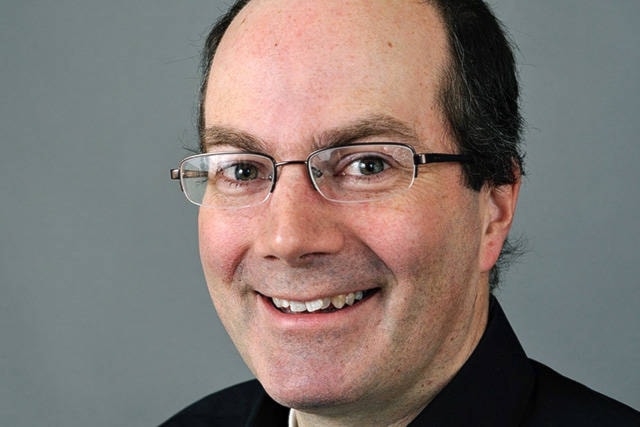Keith Halliday | Yukonomist
I was once told that report recommendations are like cookies. They’re best when still warm (from the printer).
But freshness didn’t save three of the final recommendations from the Yukon government’s financial expert panel. The territorial sales tax, government job cuts and raising the royalties on placer mining were quickly ruled out of bounds by the government.
There are another roughly 40 recommendations that are presumably still being considered.
We will know the fate of most of these when the spring budget comes out.
In the big picture, the territorial government has three options.
The path of least political resistance is the status quo. This strategy would perhaps include some minor adjustments, but would avoid major unpopular tax and fee increases as well as painful spending cuts. The cost would be a continuation of the cash burn we have seen in recent years.
At the start of the 2015-16 fiscal year, the Yukon government had $195 million in net financial assets (think of this as cash in the bank). The Yukon Party government burned through many tens of millions in the run up to the last election, and the current Liberal government continued the trend in its first full-year budget with a burn of $87 million this year.
By March 31, the Yukon’s cash reserves are expected to be down to under $10 million according to the last budget’s projections. Unless the government cuts the burn rate, the Yukon government will have to borrow money. Banks will be happy to lend it, since they are confident we have steady future revenue from Ottawa. Politically speaking, this strategy kicks the can down the road to some future government and generations without upsetting today’s voters.
This is the strategy implicit in the last budget’s projections, which show the Yukon government with a whopping debt of $216 million in debt by 2021-22.
The second strategy is to keep up the spending, but raise taxes and fees. The panel’s report had a number of charts that will be disturbing to Yukoners who like their wallets. In terms of tax rates and fees paid for government services, we are better off than residents of most provinces.
Of course, this is because we are trying to encourage businesses and people to live in the Yukon and grow our economy. But a cash-strapped government could squeeze more money out of the populace and still plausibly claim we had a lower tax burden than most Canadians.
The third strategy is the quiet freeze. If the Yukon government just froze all the departments for three years, inflation would eat away at their budgets, the transfer payment would keep rising, and in a few years the budget would be balanced.
The panel pointed out that a freeze at 2017-18 levels would result in a balanced budget in just two years. This is a balance in accrual accounting terms and may still involve a cash burn and some debt, but at least the government could go into the next election claiming to have balanced the books.
Some governments have found that this approach has the benefit of avoiding high-profile budget reviews that attract attention and criticism. Instead, each deputy minister has to move money around inside his or her department as inflation bites, shaving some programs and topping up others.
Economists tend not to like this approach, since it means that important programs get frozen as much as ineffective ones. They prefer transparent program reviews that compare all programs on the same basis and deliberately move resources from less important or effective programs to others. But the quiet freeze approach has its advantages in terms of political tactics.
In the end, the choice between these three strategies depends on the government’s vision for the Yukon and what its ministers want their legacy to be.
The status quo has the lowest execution risk, since it involves no major changes to how the government runs today, although at the cost of leaving future Yukoners with an unprecedented public debt.
The tax and fee option is relatively easy to implement since it just involves changing tax and fee rates, but carries substantial political risks. Many of the Yukoners consulted by the panel were not keen on higher taxes and fees. They know the Yukon government gets almost a billion dollars a year from the federal government and won’t smile on politicians claiming this is not enough. This option also eats away at the Yukon tax advantage and — critically — makes it harder to attract private-sector workers and investment.
The third option avoids debt and sustains the Yukon tax advantage. But it requires sustained communications discipline and strong central management of the deputy ministers and budget process.
The net financial assets number in the spring budget will tell us which approach they chose, and perhaps also the fate of some of the other 40 recommendations from the financial expert panel.
Keith Halliday is a Yukon economist and author of the MacBride Museum’s Aurore of the Yukon series of historical children’s adventure novels. He is a Ma Murray award-winner for best columnist.
